This video and more updated versions of similar videos are available for instant download licensing https://www.alilamedicalmedia.com/-/galleries/narrated-videos-by-topics/diabetes ©Alila Medical Media. All rights reserved. Support us on Patreon and get FREE downloads and other great rewards: patreon.com/AlilaMedicalMedia All images/videos by Alila Medical Media are for information purposes ONLY and are NOT intended to replace professional medical advice, diagnosis or treatment. Always seek the advice of a qualified healthcare provider with any questions you may have regarding a medical condition. Diabetes refers to a group of conditions characterized by a high level of blood glucose, commonly referred to as blood sugar. Too much sugar in the blood can cause serious, sometimes life-threatening health problems. There are two types of chronic diabetic conditions: type 1 diabetes and type 2 diabetes. Pregnant women may acquire a transient form of the disease called “gestational diabetes” which usually resolves after the birth of baby. Pre-diabetes is when the blood sugar level is at the borderline: higher than normal, but lower than in diabetics. Prediabetes may or may not progress to diabetes. During food digestion, carbohydrates – or carb – break down into glucose which is carried by the bloodstream to various organs of the body. Here, it is either consumed as an energy source – in muscles for example – or is stored for later use in the liver. Insulin is a hormone produced by beta cells of the pancreas and is necessary for glucose intake by target cells. In other words, when insulin is deficient, muscle or liver cells are unable to use or store glucose, and as a result, glucose accumulates in the blood. In healthy people, beta cells of the pancreas produce insulin; insulin binds to its receptor on target cells and induces glucose intake. In type 1 diabetes, beta cells of the pancreas are destroyed by the immune system by mistake. The reason why this happens is unclear, but genetic factors are believed to play a major role. Insulin production is reduced; less insulin binds to its receptor on target cells; less glucose is taken into the cells, more glucose stays in the blood. Type 1 is characterized by early onset, symptoms commonly start suddenly and before the age of 20. Type 1 diabetes is normally managed with insulin injection. Type 1 diabetics are therefore “insulin dependent”. In type 2 diabetes, the pancreas produces enough insulin but something goes wrong either with receptor binding or insulin signaling inside the target cells. The cells are not responsive to insulin and therefore cannot import glucose; glucose stays in the blood. In other words, type 2 diabetics are “insulin resistant”. Here again, genetic factors predispose susceptibility to the disease, but it is believed that lifestyle plays a very important role in type 2. Typically, obesity, inactive lifestyle, and unhealthy diet are associated with higher risk of type 2 diabetes. Type 2 is characterized by adult onset; symptoms usually appear gradually and start after the age of 30. Type 2 diabetes accounts for about 80 to 90% of all diabetics. Management focuses on weight loss and includes a low-carb diet.

Diabetes Type 1 and Type 2, Animation.
- Post author:
- Post published:May 23, 2021
- Post category:Uncategorized
- Post comments:0 Comments
You Might Also Like
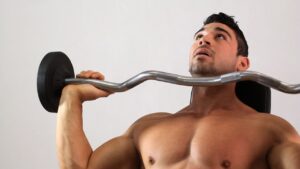
Overhead Press Dumbbells-13

What is propranolol and what is it used for
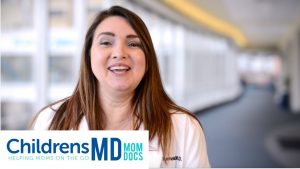
What is Jaundice in Newborns?

Diabetes & its Control
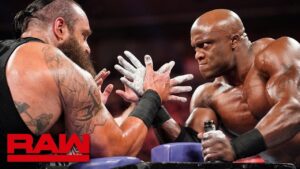
Wrestling Video – 1

The10 Best Exercises to Lose Weight

Massage Video – 4

All essential Vitamins & Supplements | Timings & Dosage…

How To Improve Agility With Glutes Exercises | Softball Circuit Training Routines
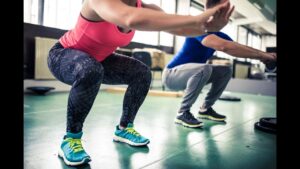
Muscle Building Workout & Squats Video – 3

What is a head injury?

Ophthalmology Video – 3

Diet and Exercise Don’t Work (WASTE OF TIME!)

Chess Video – 2
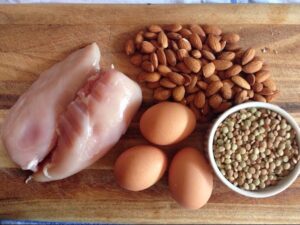
The Ultimate List Of Great Bodybuilding Foods

T3 in Bodybuilding Safe or Not | For Educational Purpose Only
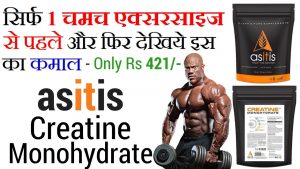
Asitis Creatine Monohydrate Benefits in Hindi | Creatine Monohydrate for Muscle and Strength Gain

How to Do a Barbell Curl | Arm Workout

One Hand Triceps Extension-9

10 Best Protien Foods for Muscle Bodybuilding-Mass Gaining-Weight Gain-Weight loss-Protien Rich food

Endocrinology Video – 4

Muscle Building Workout & Squats Video – 42

How much protein do YOU need?!
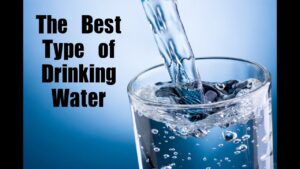
What Is The Best Type Of Drinking Water? – Dr. Doug Graham

Sports Surgeries Video – 3

Are Leg Extensions Bad For Your Knees? | Do They Build BIGGER QUADS?

How to treat severe acne without using accutane or isotretinoin?

How to give your cat an insulin injection

Testosterone & Androgenic Effects Video – 44

Organ Transplantation Surgeries Video – 5

Properties of Water
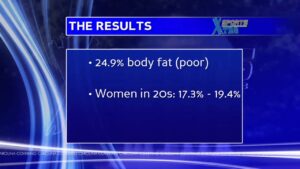
Body Mass Index vs. Body Composition (Female)

Fitting Room Friday: Male Body Type

Lying Barbell Triceps Extension.wmv

What does it mean when you have black watery diarrhea ? | Best Health Channel

Alprazolam – Medical Meaning
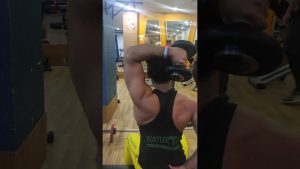
Overhead Triceps Single Hand Extension | Moderate Weight Is Best Weight #shorts #YoFitnessShorts

How to Use Your BMR (Basal Metabolic Rate) to Lose Weight – Dr Mandell

Orlistat

General Practice Video – 1

Exercises To Increase BMR

